SUBSCRIBE TO OUR NEWSLETTER!
We write a new blog article every two weeks! Stay on top of foodies news in Colorado Springs, plus be the first to hear about new food tours and receive exclusive discounts.
Food tours now available through October 2025 with more availability coming soon!
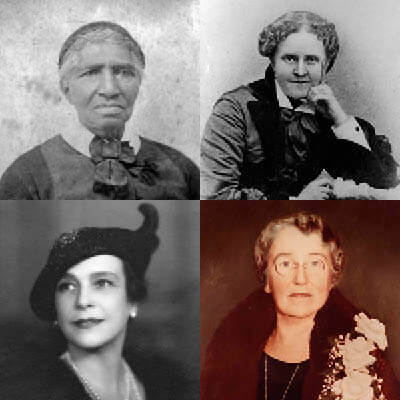
Colorado history is rich and steeped in legends. Cowboys of the silver screen were tamer versions of the outlaws that once roamed the streets of Colorado Springs. From its days as a frontier oasis to today, Colorado is a place where pioneers make their mark. Many of these trailblazers have been women. These women helped shape the destiny of the Centennial State and the city we call home. Read on to discover more about these famous Colorado women!
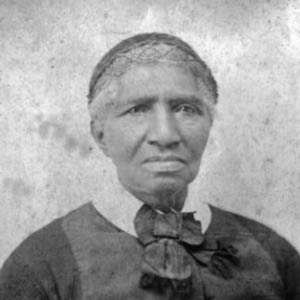
Only great people are able to turn their suffering and loss into opportunities for freedom for themselves and other people. Clara Brown’s life was difficult, not only because she was born a slave, but also because she was purportedly the first African American woman to cross the plains into the Wild West.
Born in 1800, Clara was sold to a family in Kentucky. There she met and married a fellow slave, Richard, with whom she had four children. But her worst nightmare came true when at the age of 35, she and her family were sold to different families, separating her from children and husband. While two of her children died at young ages, Clara spent the rest of her days searching for her other two children. She was only reunited with one of them, her daughter Eliza Jane, later on in life.
When the slavery laws in Kentucky changed, she gained her freedom at the age of 56. she exchanged labor for transportation out west to Denver via chuck wagon. Finally able to do what she pleased, she decided to relocate to Central City, Colorado and open up her first business, a laundry mat. Due to her incredible work ethic and discipline, she amassed a large savings of $10,000 (about $350,000 today). She used the money for two main endeavors: purchasing properties to provide food and shelter for former slaves and to help relocate her lost family members.
Due to her philanthropy, generosity, as well as her efforts in founding the first Protestant church in Colorado, she became known as “Aunt Clara.” She has received many accolades posthumously including being inducted into the Society of Colorado Pioneers, Colorado Women’s Hall of Fame and the Colorado Business Hall of Fame. There is also a beautiful stained glass window in the rotunda of the Colorado State Capitol building in Denver that was designed in her honor.
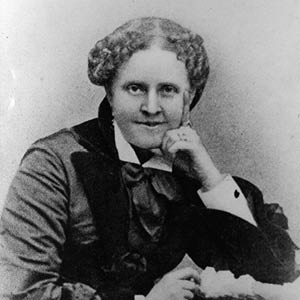
Helen Hunt Jackson was born in Massachusetts, and in addition to having two siblings die at birth, her parents also both passed away by the time she was 17, leaving her an orphan. She attended a boarding school in New York where she befriended fellow classmate and poet, Emily Dickinson. The two would remain penpals for the majority of their lives.
She married at age 22 and had two sons, but only 13 years later, she found herself a widow and childless due to the perils of her husband’s work and untreated diseases. Perhaps it was her deep loss and grief that propelled her into her writing career, which she started in earnest at age 36.
Her writing took her on the road, and she traveled throughout Europe and parts of the United States including California and Colorado. She wintered in Colorado Springs between 1873-1874, seeking treatment for tuberculosis. While there, she met and married William Sharpless Jackson.
After remarrying, Helen took up the cause of Native Americans and their mistreatment by the U.S. government. A talented and respected writer, Helen penned what she considered her most important work, a book titled A Century of Dishonor. She also authored the famous novel, Ramona, published in 1884, which shed even more light on the national issue. Helen’s views and writing were highly controversial at the time. She found herself quite unpopular in the area, though her writing was very successful. Helen would not be dissuaded from her cause. She worked most of her life to ease the plight of the American Indian.
Helen Hunt Falls, the waterfalls in Cheyenne Canyon, bear her name. Though her time in Colorado was brief, Helen is buried at the Evergreen Cemetery in Colorado Springs.
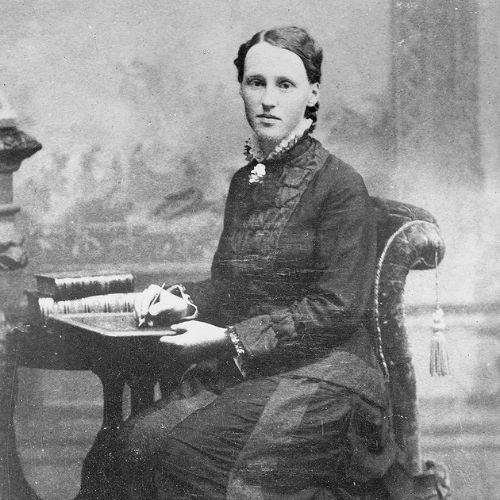
Julia Archibald Holmes traveled out west to Colorado with her husband and brother in search of gold in 1858. She turned heads and kept the gossip mill running with her “Bloomer Costume.” This was a calico dress with bloomers, or short capri pants, underneath. Julia made it clear that she was much more interested in outdoor adventures than in keeping with the more modest and restrictive fashion trends of the time.
After digging for gold near the Garden of the Gods and coming up short, the team decided to ascend the prominent mountain hovering over them, Pikes Peak. It took a full three days, but they were victorious on August 5, 1958. Here is what Julia had to say about the feat:
“I have accomplished the task which I marked out for myself, and now I feel amply repaid for all my toil and fatigue. Nearly every one tried to discourage me from attempting it, but I believed that I should succeed; and now, here I am, and I feel that I would not have missed this glorious sight for anything at all…How I sigh for the poet’s power of description, so that I might give you some faint idea of the grandeur and beauty of this scene…” (source: The Colorado Springs Pioneers Museum)
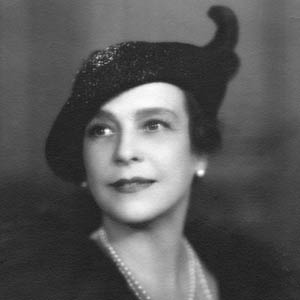
Julie Villiers Lewis was born in 1870 and had a charmed upbringing in an affluent family in Detroit. Her first marriage was to James (Jim) Howard McMillan. Together they had two children, a son and a daughter. After Jim contracted tuberculosis during the Spanish American War, they relocated to Colorado Springs. This new city held promise of a cure for the often fatal sickness.
Shortly after their move, however, Julie suffered unimaginable loss when her young son of only eight years old died of a ruptured appendix. Just four weeks later her husband succumbed to his disease.
A few years later, she met Spencer “Speck” Penrose at a clambake, and she set her sights on marrying him. Speck wasn’t as smitten, initially at least. It took following him to Europe to convince him of the match.
Speck had already given an immense fortune to fund local projects such as the Pikes Peak Highway, The Broadmoor Hotel, and Cheyenne Mountain Zoo, among many others. These endowments benefit Colorado Springs tourism to this day. After marrying the gold and copper magnate, Julie set about her philanthropic endeavors.
Julie made her mark by helping establish the Colorado Springs Fine Arts Center and Penrose Hospital. When Spencer Penrose died in 1939, Julie took the unusual step of taking over many of his responsibilities. She became president of the El Pomar Investment Company and vice president of The Broadmoor Hotel at a time when few women held such influential positions. She continued to enrich and conserve her adopted home of Colorado Springs until the end of her life and beyond.
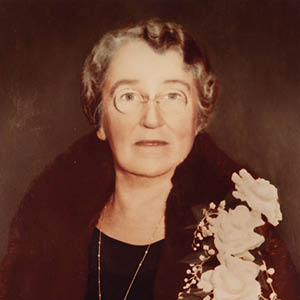
Alice Bemis Taylor moved to Colorado Springs with her parents at the age of four. The area gained its “lead female founder and benefactor of cultural and social institutions in early Colorado Springs,” according to the Colorado Women’s Hall of Fame.
She enjoyed the finer things of life, not only from her family’s fortunes, but also from her husband’s career as a stockbroker. She had a keen love for the arts, reading, children, architecture, and Southwestern Native American artifacts.
Alice endowed local art and community projects with millions at the turn of the twentieth century. She funded improvements at Colorado College, as well as the entire construction of the Fine Arts Center (FAC). She also funded the Colorado Springs Day Nursery, which still operates today.
Downtown Colorado Springs owes much of its tourism revenue to Alice Bemis Taylor, as her endowments continue to garner millions annually. Bemis Art School, which is adjacent to the FAC, bears her name.
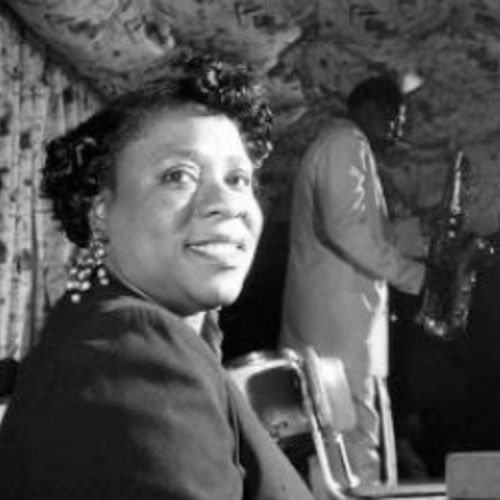
Fannie Mae’s mother moved her and her six siblings from Oklahoma to Colorado Springs when she was 15 years old. She had an entrepreneurial spirit from an early age, helping with her family’s produce stand. She later worked at Camp Carson (now Fort Carson Army Post) where she opened up a soda fountain for African-American soldiers called the Haven Club.
In a time when it was unusual for a woman to own a business, let alone an African-American woman, Fannie Mae worked hard to convince the city manager to give her a business license. But in 1948, she opened the doors to The Cotton Club in Colorado Springs, just south of the Antlers Hotel. The club operated at that location until 1975.
Though the city was still largely segregated at the time the club opened, Fannie Mae dreamed of having a place where anyone could come together in peace. Her jazz club was hugely popular and even hosted musicians including Duke Ellington, Etta James, Billie Holiday, and more. She befriended the police chief who decided to turn a blind eye to the fact that Fannie Mae served both white and blacks, something that was illegal at the time.
Fannie Mae has been recognized in the Colorado Women’s Hall of Fame.
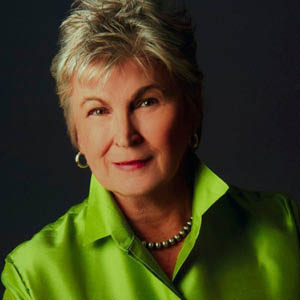
Women continue to have a significant impact on Colorado Springs. Mary Lou Makepeace, a modern day pioneer, came to Colorado Springs in the 1970s as a caseworker for abused children. She rose to prominence in the 1990s, and was named the first female mayor of Colorado Springs in 1997. During her time in office, Mary Lou bridged divides, and many locals considered her a “voice of reason” during contentious times. Mary Lou continues to serve our community today.
Women have a long and impressive history of shaping this frontier town. Their legacies live on in our schools, libraries, and museums. Many of these incredible women directly benefitted our local tourism industry today. Learn more about the history of Colorado when you join us for a food tour in historic downtown Colorado Springs.
Cheers, Your Rocky Mountain Food Tours Team
(So, what’s a food tour, anyway…?)
attractionseditor's pickevents & holidaysgift ideashistorylocal diningtours we've takentravel
We write a new blog article every two weeks! Stay on top of foodies news in Colorado Springs, plus be the first to hear about new food tours and receive exclusive discounts.
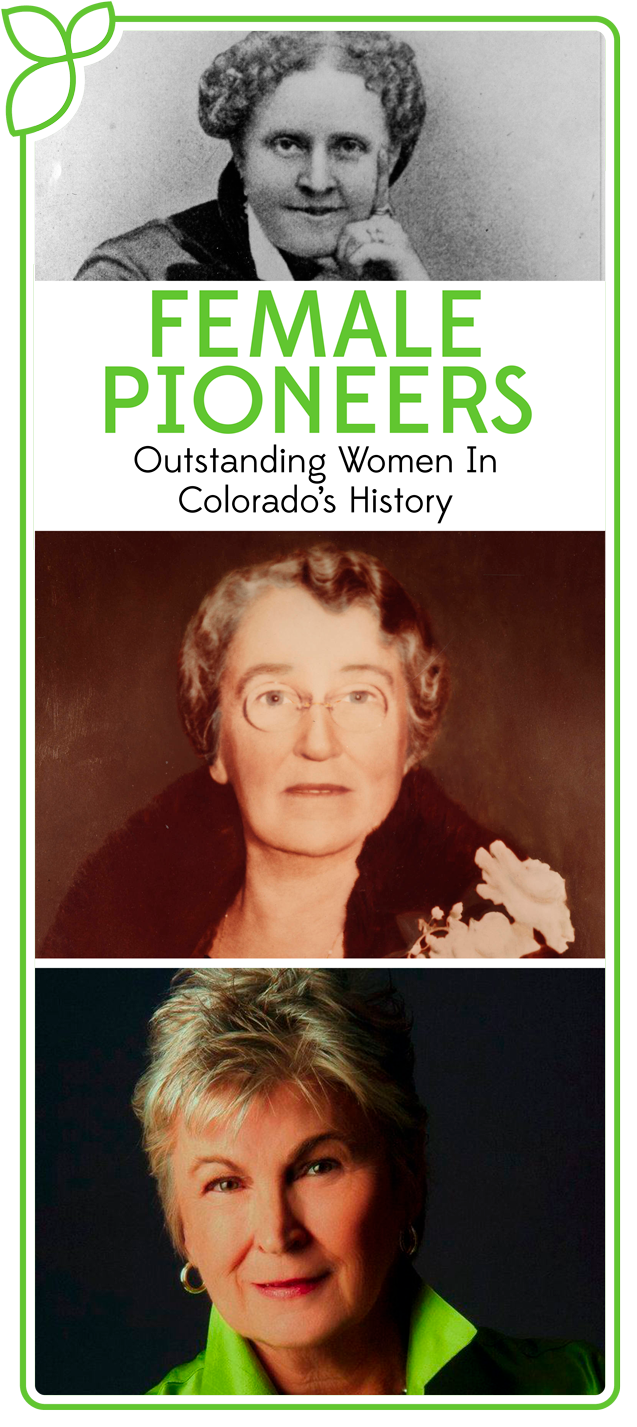
Notifications